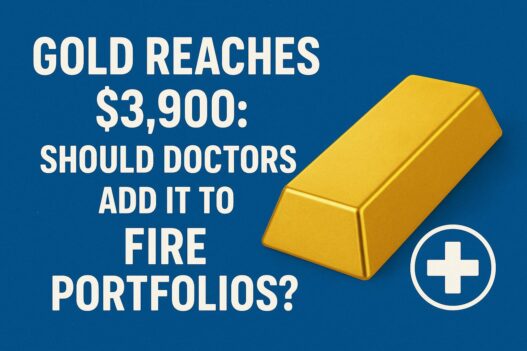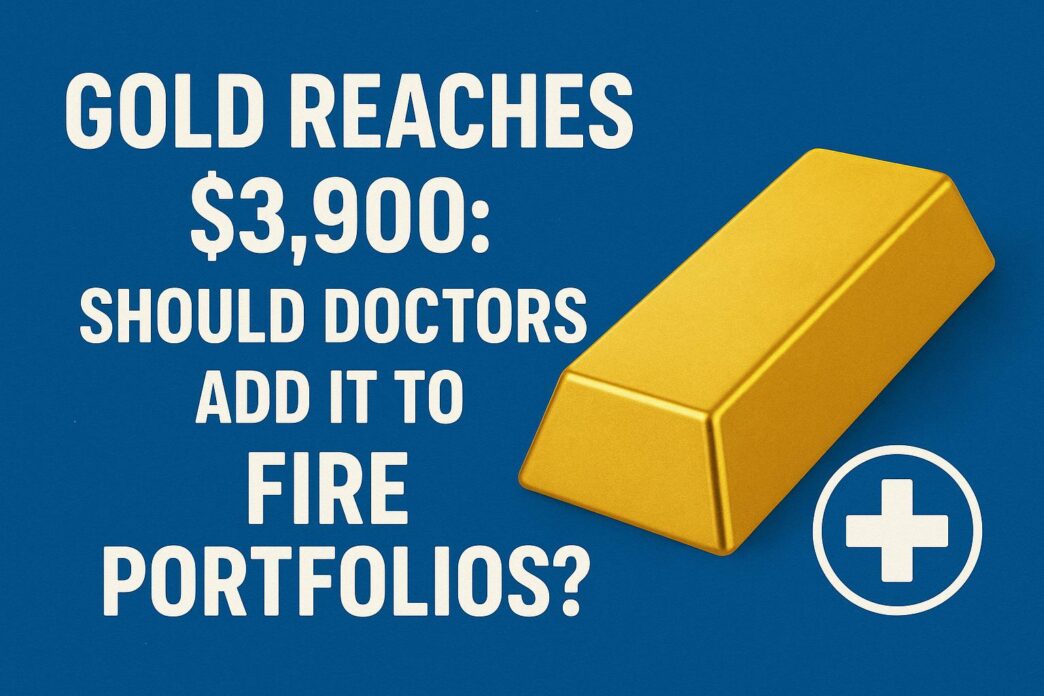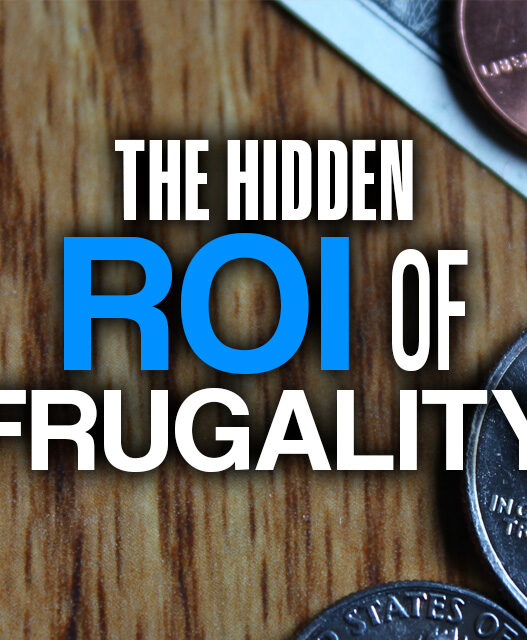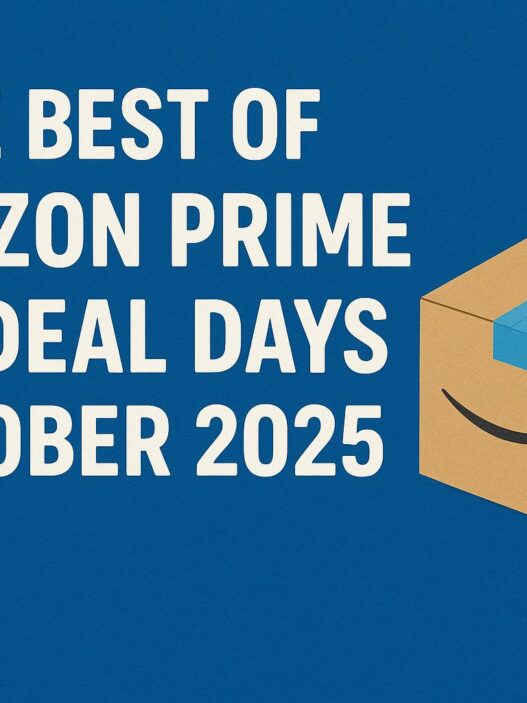The precious metals market is experiencing a historic rally that's catching the attention of savvy investors. As of early October 2025, gold has shattered previous records, climbing above $3,900 per ounce for the first time in history — a remarkable surge that represents nearly a 50% increase year-to-date.
For physicians and other high-income professionals pursuing financial independence, this unprecedented rally raises important questions: Is this the right time to add gold to your portfolio? What's driving these astronomical prices? And perhaps most importantly, will this rally continue?
Also read: How I Started Earning Yield On Gold and Silver
The Numbers Tell a Compelling Story
Gold's performance in 2025 has been nothing short of extraordinary. The precious metal peaked at $3,500 per ounce in April before continuing its upward trajectory, with spot gold reaching $3,942.59 per ounce by early October.
To put this in perspective, the metal has rallied as much as 30% year-to-date during certain periods this year, making it one of the best-performing assets in many investors' portfolios.
The monthly gains have been equally impressive. Gold rose 11.5% in September 2025 alone, marking its biggest monthly percentage gain since August 2011. Even silver has joined the rally, hitting levels not seen in over 14 years.
What's Fueling Gold's Historic Rally?
Understanding the forces behind gold's surge is crucial for making informed investment decisions. This isn't a single-factor rally — it's a confluence of economic, political, and monetary factors that have created a perfect storm for precious metals.
Federal Reserve Rate Cuts and Monetary Policy
Interest rate expectations have played a significant role, with traders pricing in a 97% chance of a Federal Reserve rate cut in October 2025.
This matters because gold, as a non-yielding asset, becomes more attractive when interest rates fall. When you can't earn much on Treasury bonds or money market funds, the opportunity cost of holding gold decreases substantially.
The Fed has been responding to softening labor market conditions, with U.S. job openings increasing only marginally while hiring has declined. For gold investors, this signals a continuation of the accommodative monetary policy that has supported precious metals prices.
Political and Economic Uncertainty
The ongoing U.S. government shutdown has significantly contributed to gold's appeal as a safe-haven asset. When federal workers face mass layoffs and essential economic data releases are halted, investors naturally seek stability — and gold has historically provided that refuge.
Beyond the immediate shutdown concerns, President Trump's focus on tariffs and attempts to undermine Federal Reserve independence have created additional uncertainty in financial markets.
As one analyst noted, Trump's impact on geopolitics and global trade has been a primary driver of gold's sustained rally.
The Central Bank Buying Phenomenon
Perhaps the most structurally significant factor is the remarkable appetite from central banks worldwide. J.P. Morgan Research forecasts that central banks will purchase approximately 900 tonnes of gold in 2025, continuing a trend of more than 1,000 tonnes annually for three consecutive years.
Why are central banks so bullish on gold? The diversification away from U.S. dollar reserve holdings has been accelerating, with the dollar's share of global reserves declining to around 57.8% by the end of 2024, marking a 0.62 percentage point decline.
Shifting geopolitical alliances and trade uncertainty mean that gold offers central banks a politically neutral reserve asset.
In 2024, major purchasers included Poland, Turkey, India, Azerbaijan, China, Czechia, and Iraq — each buying 20 tonnes or more.
Don't miss: When Your Portfolio Makes More Money Than You
Expert Forecasts: Where Are Prices Headed?
The outlook from major financial institutions remains decidedly bullish, though with varying degrees of optimism.
J.P. Morgan's Perspective
The investment bank now expects gold prices to average $3,675 per ounce by the fourth quarter of 2025, with prices potentially climbing toward $4,000 per ounce by the second quarter of 2026.
Natasha Kaneva, J.P. Morgan's head of Global Commodities Strategy, expressed deep conviction in the “continued structural bull case for gold.”
The firm notes that risks are actually skewed toward prices overshooting these forecasts if demand continues to exceed expectations, positioning gold as “one of the most optimal hedges for the unique combination of stagflation, recession, debasement, and U.S. policy risks facing markets in 2025 and 2026.”
UBS Projects Even Higher
UBS has taken an even more aggressive stance, expecting bullion to reach $4,200 per ounce by the end of 2025, citing both fundamental and momentum-based reasons for continued gains.
Why Gold Matters for FIRE-Focused Physicians
As a high-income professional working toward financial independence, you likely have the majority of your portfolio in stocks, bonds, and perhaps real estate. Gold serves a different purpose in a well-constructed portfolio.
Portfolio Diversification and Insurance
Gold has a low correlation with other asset classes, allowing it to act as insurance during falling markets and times of geopolitical stress.
This uncorrelated behavior is particularly valuable for physicians who may have significant concentration in equities through retirement accounts and practice ownership.
Think of gold not as a primary wealth-building tool, but as financial insurance. Just as you carry malpractice insurance despite hoping never to use it, gold in your portfolio provides protection against scenarios where traditional assets struggle.
The Debasement Hedge
Gold currently serves both as a debasement hedge — protection against the loss of a currency's purchasing power due to inflation or currency debasement—and in its traditional role as a non-yielding competitor to U.S. Treasuries.
For physicians with decades until retirement, or those in the wealth preservation phase of FIRE, protecting against long-term currency debasement is a legitimate concern.
The unprecedented monetary expansion of recent years has left many investors questioning the long-term purchasing power of fiat currencies.
Also read: 12 YouTube Channels to Learn Investing and Stocks
How Investors Are Gaining Exposure
ETF inflows have sharply gained momentum, with year-to-date total inflows amounting to 310 tonnes — representing approximately 10% growth in total global holdings. This has been driven by substantial increases in both U.S. holdings (9.5%) and Chinese ETF holdings (70%).
For busy physicians, gold ETFs offer the most practical way to gain exposure without the complexity of physical storage.
However, it's worth noting that combined holdings of bars, coins, ETFs, and futures positions reached around 49,400 tonnes in 2024, with the notional value rising to approximately $4.2 trillion.
The Contrarian Consideration: Is There FOMO?
It's worth acknowledging the contrarian perspective. As independent analyst Ross Norman noted, “There may be some FOMO buying on the current price, but for others there is likely a sense that this particular financial lifeboat has sailed.”
This is a fair concern. Buying any asset near all-time highs requires careful consideration of your overall investment thesis and risk tolerance.
However, Norman also observed that this rally, characterized by low speculative participation and primarily driven by central banks with a long-term outlook, suggests that any pullback might be milder than expected, potentially presenting buying opportunities on dips.
Practical Considerations for Implementation
If you're considering adding gold to your portfolio as part of your FIRE strategy, here are some factors to consider:
Allocation Size: Most financial advisors suggest limiting gold exposure to 5-10% of a diversified portfolio. The exact percentage depends on your overall risk tolerance and investment timeline.
Implementation Vehicle: ETFs like GLD or IAU offer liquid, low-cost exposure. Physical gold provides the psychological comfort of tangible assets but comes with storage and insurance costs.
Timing Strategy: Rather than attempting to time the market perfectly, consider dollar-cost averaging into your position over several months to reduce the impact of short-term volatility.
Tax Efficiency: Remember that gold ETFs and physical gold are taxed as collectibles at a maximum 28% rate for long-term gains, less favorable than the 20% maximum on stocks. Consider holding gold investments in tax-advantaged accounts when possible.
The Bottom Line
Gold's unprecedented rally in 2025 reflects a unique convergence of monetary policy shifts, geopolitical uncertainty, and structural changes in central bank reserve management.
With continued strong investor and central bank demand projected to average around 710 tonnes per quarter this year, the fundamental case for gold remains compelling.
For physicians pursuing financial independence, gold deserves consideration as a portfolio diversifier and hedge against multiple risk factors — from inflation and currency debasement to geopolitical shocks and policy uncertainty.
While buying near all-time highs always feels uncomfortable, the structural drivers supporting this rally appear durable rather than speculative.
Most sophisticated investors would argue that gold does have a place in your portfolio, so the question is more about how much exposure makes sense given your specific circumstances, time horizon, and risk tolerance.
Frequently Asked Questions
Q: How much gold should physicians have in their portfolio?
A: Most financial advisors suggest limiting gold exposure to 5-10% of a diversified portfolio, depending on risk tolerance and investment timeline.
Q: What's the best way for busy doctors to invest in gold?
A: Gold ETFs like GLD or IAU offer liquid, low-cost exposure without the complexity of physical storage.
Q: Are gold investments tax-efficient?
A: Gold investments are taxed as collectibles at a maximum 28% rate for long-term gains, less favorable than stocks. Consider holding in tax-advantaged accounts.
This article is for informational purposes only and should not be considered financial advice. Consult with a qualified financial advisor before making investment decisions.
Sources:



















